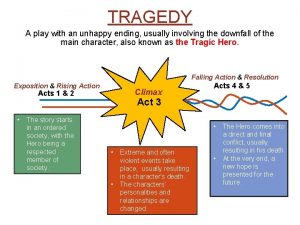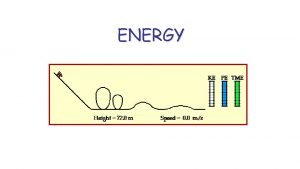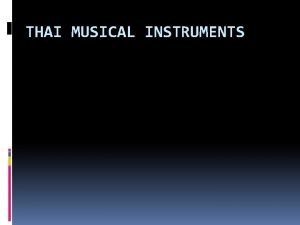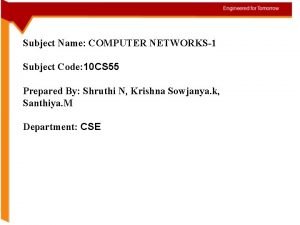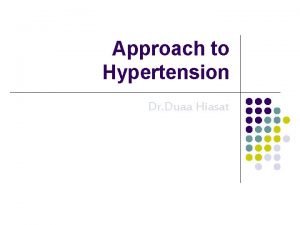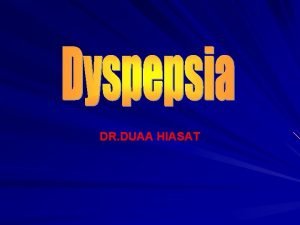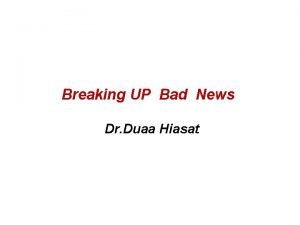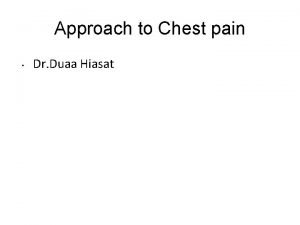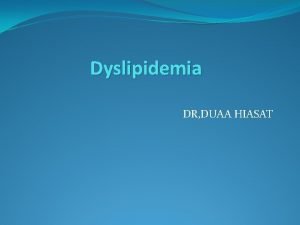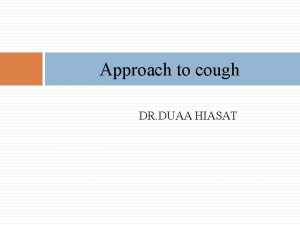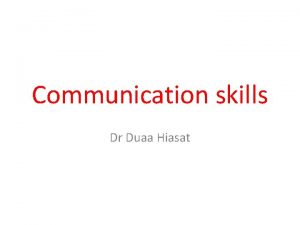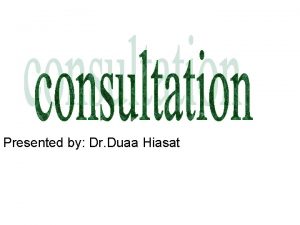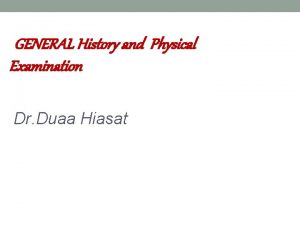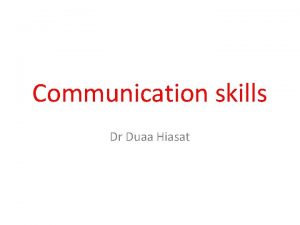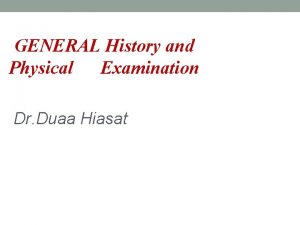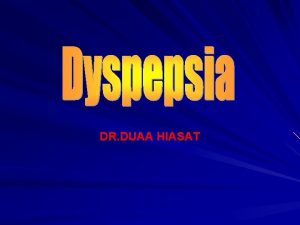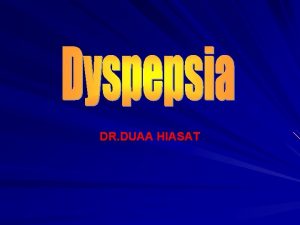Dr Duaa Hiasat Traditionally the process of diagnosis


























- Slides: 26

Dr. Duaa Hiasat

� Traditionally, the process of diagnosis was left undefined, (regarded as) a natural art, or explained as a process of intuition. Despite recent advances, this is still too often the case. ( Gale and Marsden, 1983) � When patients present with new problems, attempting to arrive at a diagnosis is perhaps the single most important consultation task for a doctor, whether in hospital or general practice.

� It must be emphasized that the term “diagnosis” does not just refer to conventional disease labels; nor does the term “pathophysiology” refer solely to organic disease. Although the search for, and identification of, organic disease (i. e disease centered diagnosis) is a crucially important consultation task, it is not the whole story. it is also necessary to attempt to arrive at a patient centered diagnosis( i. e one which includes consideration of the patients thoughts and feelings concerning the presenting complaints. Thus, the reader is encouraged to consider diagnosis in whole-person terms, which should include both patient centered and disease centered diagnosis.

� It should be remembered that a diagnosis is usually a statement of probability rather than certainty and often regarded as provisional until supported by the subsequent course of the case or the response to specific treatment. (Royal college of general practioners, 1972)

� Making a diagnosis is a complex process and involves far more than merely amassing clinical information. � A wide range of skills needs to be acquired, integrated and applied , of particular importance are skills of interviewing , clinical reasoning and accessing personal knowledge at the time when it is required.

� Since many, if not most errors in diagnosis result from errors in the diagnostic process rather than from a lack of factual knowledge. Such a process of self learning is a powerful stimulus to improvements in clinical performance, since it will enable you to cope better when faced with clinical problems not previously encountered.

� This method dictates that-irrespective of presenting complaint- a comprehensive history has to be taken from every patient followed by a complete physical examination, backed up by a number of investigations, many of which are a routine nature.

� In reality, most clinicians reach diagnosis by a process of hypotheticodeductive reasoning i. e, by educated guessing and testing as it enables doctors to solve problems with maximum time and cost effectiveness and minimal disturbance to patients.

� History taking is the key to diagnosis in the consultation. � Hampton et al. (1975) showed that the diagnosis can be made on the basis of the clinical history alone in 83% of new patients seen in a cardiology outpatient clinic compared to physical examination 9% and investigations <9%

� It is interesting to note that sandler (1979)found that: When the 180 patients with chest pain are considered separately, the history gave the diagnosis in 90% and the examination was of no diagnostic value at all. Routine investigations, mainly chest radiographs and electrocardiography, helped with only 3% of diagnosis and special tests, mainly exercise electrocardiography, with 6%. *it should be emphasized that: A good history must mean an appropriate and a suitably discriminating history. For example thyrtoxicosis is a condition in which dozens of clinical features may occur

� � If thyrotoxicosis was suspected it would make more sense for the doctor to establish whether the patient had weight loss with increased appetite and dislike of hot weather since the presence of these three features would make the diagnosis highly likely. On the other hand, symptoms like tiredness and irritability can occur in many other conditions apart from thyrotoxicosis and are not key symptoms in helping to discriminate between thyrotoxicosis and other conditions.

Depend on four principle factors: 1)Probability: It’s the most important influence The essential question a doctor must ask is: What is the most likely cause or causes of my patient symptoms? It is further influenced by two inter-related factors: 1)Crude frequency of occurrence of the particular condition suspected. 2)The complex interaction of patient and symptom variables �

� Seriousness Example : malignant melanoma � Treatability the more amenable to treatment a potentially underlying cause for presenting symptoms is, the more likely it is to be included as a diagnostic possibility and the higher its ranking is likely to be � Novelty Very rare, but memorable, conditions are disproportionately likely to be included in a potential list of causes

� Example: missing the diagnosis of temporal arteritis resulting in blindness of the unfortunate patient, is likely to lead to subsequent overdiagnosis of such a condition. � Important to note that : When faced with the practical problem of generating appropriate DDx you should aim to produce a list with 2 distinctive categories: 1)It should contain: Most likely causes/ usually up to 5 possibilities 2) Should encompass the less likely but important to consider possibilities, encompassing the serious and treatable categories/ this should consist of one or two possibilities only.

� 1)the first reason relates to the particular nature of general practice and the student unfamiliarity with it. Also, GP most often diagnose what things are not rather than what they are � 2) medical students in general are likely to face difficulties in clinical problem solving because of their limited ability to perceive and interpret diagnostic problems since that the way in which their knowledge is structured in memory and is not geared to clinical practice.

� Unwarranted fixation on a hypothesis -this is one of the commonest Characterized by : Focusing on a particular hypothesis, twisting all data in an attempt to fit it, ignoring competing hypothesis or data that seemed to deny or rule out the Dx at hand � Premature closure of hypothesis generation -This occur when, prior to considering a number of appropriate diagnostic hypothesis, the student settles on one possibility and ceases to search any further, other perhaps more important facets of the whole.

� To avoid making this mistake the student should try to include all appropriate diagnostic hypothesis, bearing in mind the factors of probability, seriousness and treatability. � Rule out syndrome: -this is the converse of the above -The problem here is that the student construct a multiplicity of diagnostic hypothesis. This is usually a consequence of poorly focused history taking -In order to pursue all the identified diagnostic hypothesis these students and doctors have to perform unfocused physical examinations and an inordinate number of laboratory tests as they resort to increasingly expensive hospital based technological interventions helping to push our health care establishments ever closer to bankrupcy!!!

� Make use of the stage of prediagnostic interpretation: Previously well 65 yr old man presented with dyspnea of sudden onset of 3 hrs and is obviously ill: PDI: 1)Acute 2)Serious 3)Involving CVS and/or RS 4)Rule out chronic trivial conditions

� Clarify presenting symptoms � Checklists: -can act as a trigger to the memory -can facilitate the generation of diagnostic possibilities which would otherwise not have been included -the most useful of these checklists are the so called “surgical sieve” and the systems and anatomical approaches respectively


� The anatomical approach is best suited to a consideration of presentations concerned with pain whereas the others are best used to tackle vague symptom presentations. � Finally, in considering diagnostic hypothesis bear in mind the following general guidelines: -uncommon manifestations of common conditions are more common than common manifestations of uncommon conditions -Simple conditions are caused by simple problems

� Diverse symptoms and signs are commonly caused by single disease or entity. � -If all else fails, refer to books , journals, or consult colleagues.

� In generating diagnostic hypothesis, it is also essential to think in physical, social, psychological terms. � Example: Acne vulgaris

� All clinicians adopt a “wait and see” approach as a deliberate diagnostic strategy. � The rationale for use of time is to separate out, in the most economic manner, those patients with a high probability of disease from those with a low probability. � One study confirmed the efficacy of such policy since 72% of patients who had originally been undiagnosed did not need to return to their doctor mainly because of spontaneous remission of symptoms.

� It is the quality of thinking and not the quantity of facts that is likely to lead to the resolution of clinical problems.

 Dua e hujjat
Dua e hujjat Allahumma rabba shahr ramadan
Allahumma rabba shahr ramadan Friday duaa
Friday duaa Ux research portfolio
Ux research portfolio What are the nursing process
What are the nursing process Medical diagnosis and nursing diagnosis difference
Medical diagnosis and nursing diagnosis difference Second phase of nursing process
Second phase of nursing process Types of nursing diagnoses
Types of nursing diagnoses Perbedaan diagnosis gizi dan diagnosis medis
Perbedaan diagnosis gizi dan diagnosis medis Referred to a play with an unhappy ending.
Referred to a play with an unhappy ending. Explain how to correctly remove hard light cured gels
Explain how to correctly remove hard light cured gels Energy is traditionally defined as the ability to:
Energy is traditionally defined as the ability to: Shimobue
Shimobue Ensemble that is accompanied by the so sam sai
Ensemble that is accompanied by the so sam sai Traditionally, composed of a collection of file folders.
Traditionally, composed of a collection of file folders. Computer subject code
Computer subject code Traditionally the internet checksum is
Traditionally the internet checksum is Process of diagnosis in od
Process of diagnosis in od Nursing diagnosis ineffective coping related to anxiety
Nursing diagnosis ineffective coping related to anxiety Hình ảnh bộ gõ cơ thể búng tay
Hình ảnh bộ gõ cơ thể búng tay Bổ thể
Bổ thể Tỉ lệ cơ thể trẻ em
Tỉ lệ cơ thể trẻ em Voi kéo gỗ như thế nào
Voi kéo gỗ như thế nào Chụp tư thế worms-breton
Chụp tư thế worms-breton Hát lên người ơi
Hát lên người ơi Kể tên các môn thể thao
Kể tên các môn thể thao









